The import of cereals is crucial in the food industry due to their strategic value, as cereals are the basis of human nutrition.
Advantages of Buckwheat in Nutrition
The plant is an indigenous pseudocereal from western China, Tibet, and eastern India. Therefore, the largest producers and exporters of this crop are found in Asia, where it is gaining increasing interest in Europe.
Buckwheat goes by different names depending on the region (fagopyrum, Arab wheat, goat wheat, Moorish wheat, Turkish grain, beech wheat, or buckwheat), but there is a consensus that it is a healthy food that can mitigate cardiovascular diseases, combat hypertension, cholesterol, obesity, and diabetes. Recent studies have observed a relationship between buckwheat consumption and lower blood sugar levels, better blood pressure, and cholesterol values. Additionally, it is suitable for celiacs as it does not contain gluten.
Because of these qualities, buckwheat has become an alternative to other cereals, leading to increased demand in developed countries concerned about the high incidence of cardiovascular diseases and obesity among the population.
Import Needs for Buckwheat
Currently, China produces 55% of the world’s buckwheat, making it the best option for importing buckwheat at a good price. It is important to note that in Spain, the overall cereal trade balance is negative, as national production does not meet the internal needs for human consumption or the growing animal feed industry. The need to supply the national market has led many Spanish companies to look to international markets to fill the production deficit through the importation of cereals.


